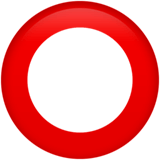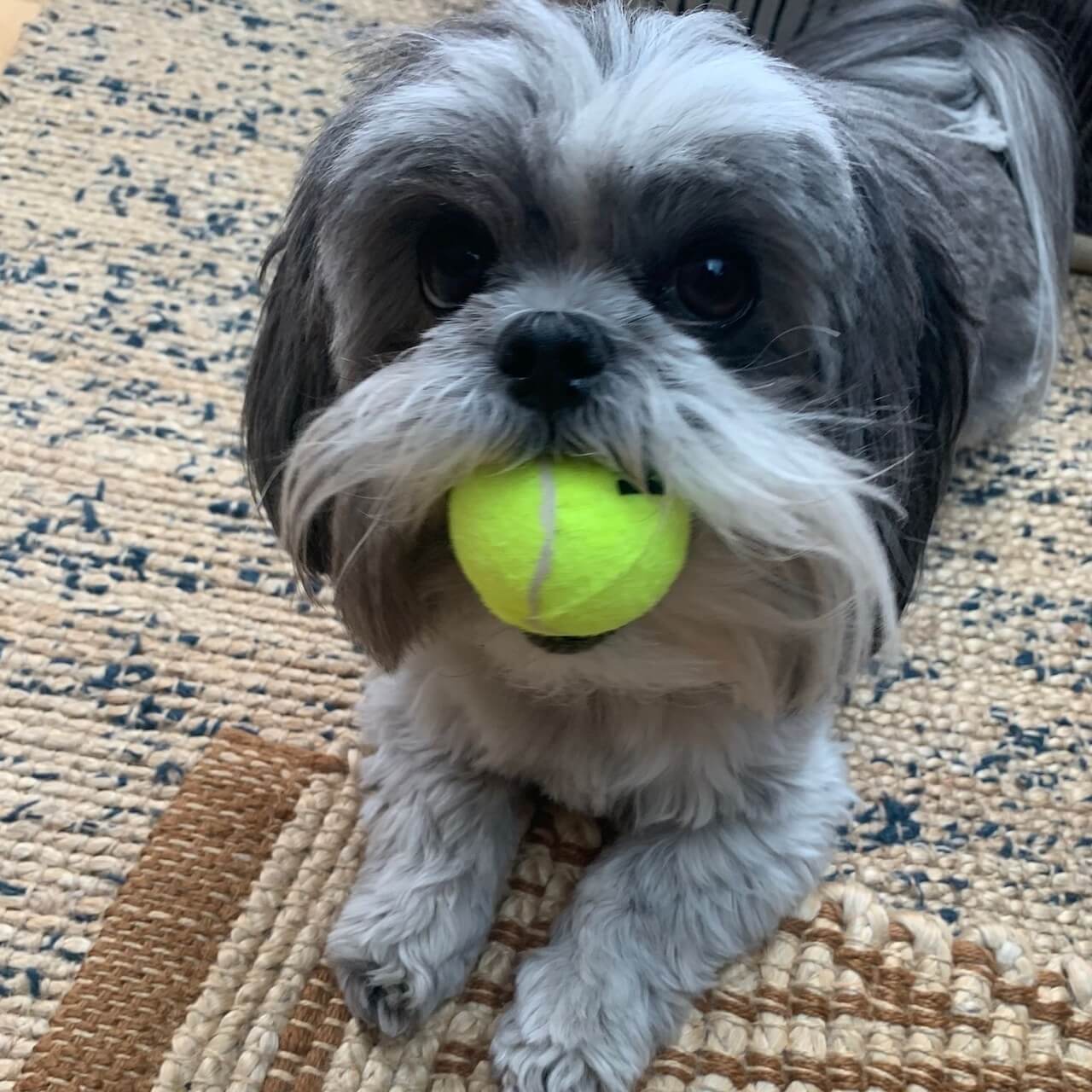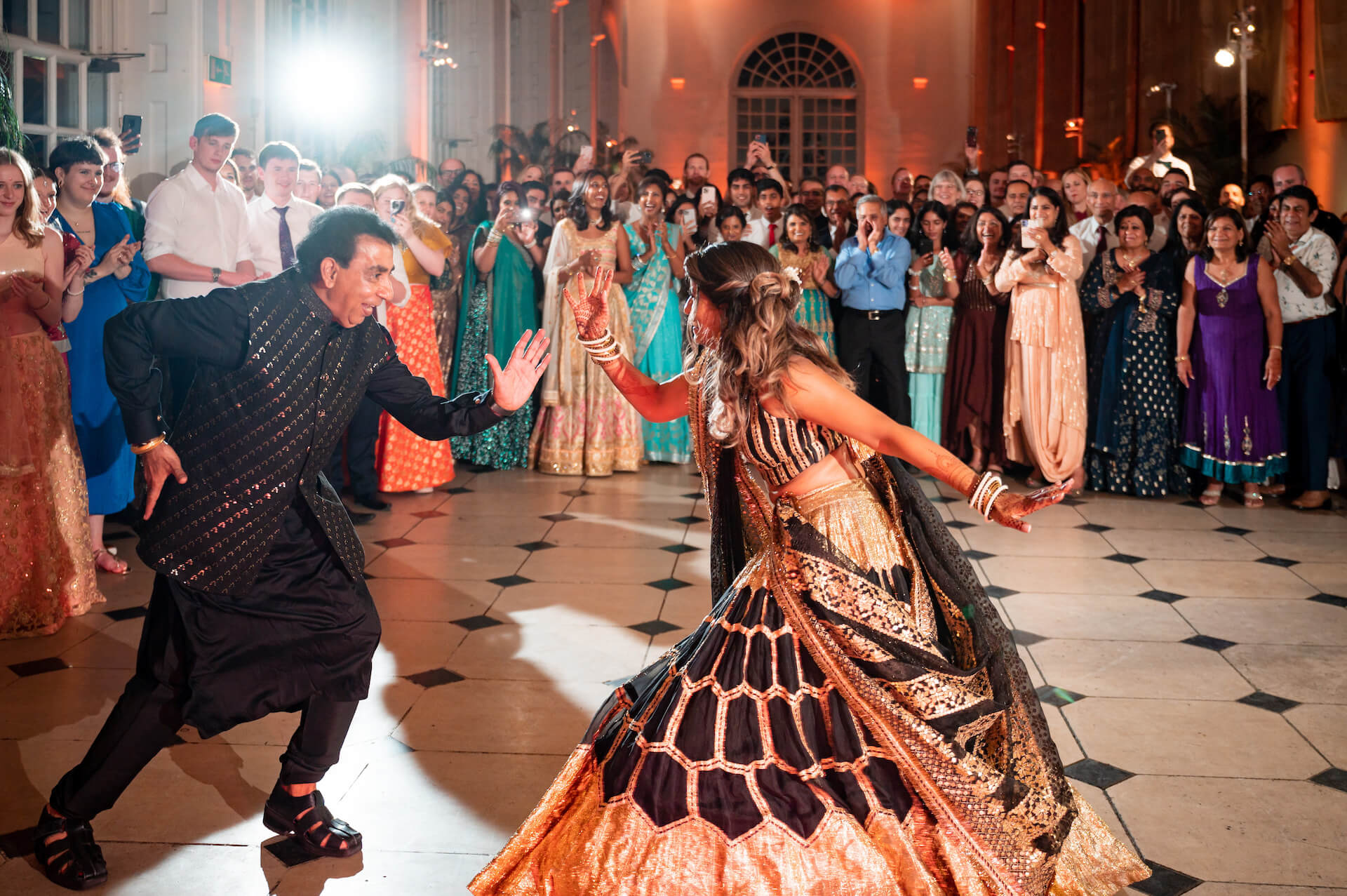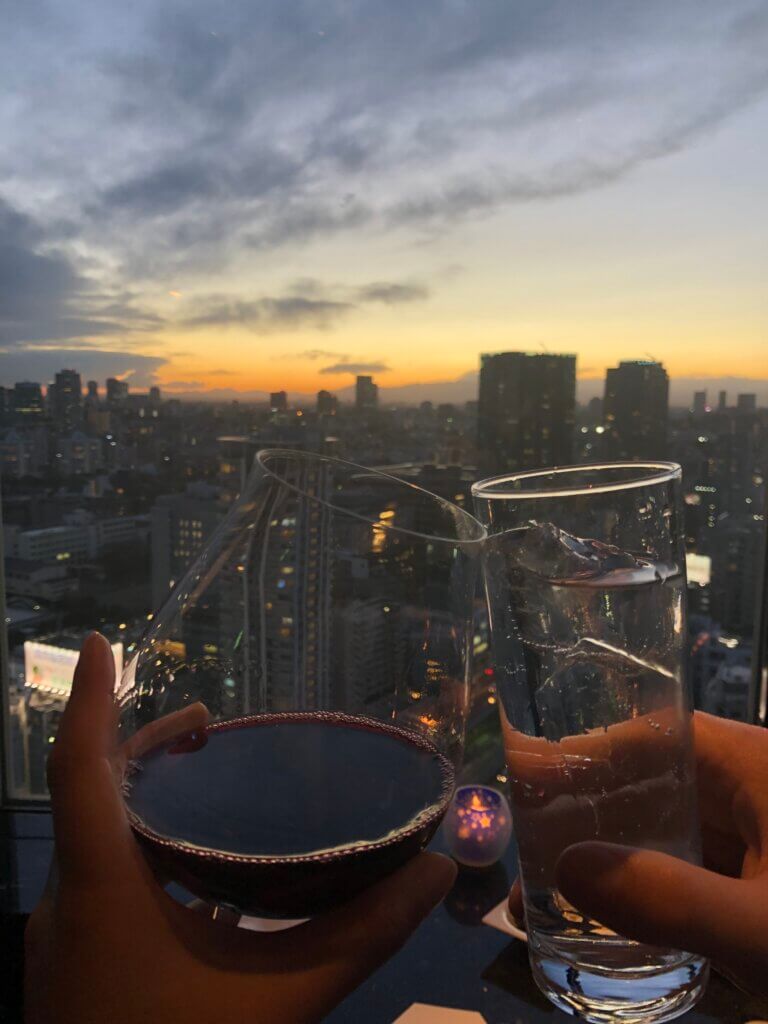Empowering sustainable growth through service design, this Head of Innovation seamlessly merges her love for cooking up creative solutions with her unwavering commitment to driving impactful change.

Have you ever wondered about the people behind the scenes doing the challenging but important work of service design within organizations? What’s it really like to be a service design professional on the inside, where implementation, politics, middle management, and conflicting interests come into play?
In this series, we’re excited to bring you up close and personal with members of the ⭕️ Circle community to learn about who they are, what they do, and what drives them to make a difference. Through their stories, we hope to give you a better sense of what it’s like to be on the inside, and inspire you to take the leap or steer clear.
Join us as we chat with Puja Parekh, the principal service designer & head of innovation at JustEatTakeaway.com in the United Kingdom.

The service design dream team you wish you had around you each and every day. Now available inside the Circle community!
➜ Learn moreBackground
How did you first discover service design, and what inspired you to pursue it?
I discovered Service Design when I was working at Bloomberg Philanthropies – we were able to bring on IDEO to help us develop our thinking for one of our programmes. I was fortunate enough to have the opportunity to join the project team as they conducted their 2-week ethnography engagement and was lucky to be a part of a lovely team.
One person I met is an awesome service designer who taught me more about the role and what it entails. I was worried (coming from a non-designer background) that I wouldn’t be able to transition into a role if I did a career change but she reassured me.
After that, I was hooked – I couldn’t believe you could get paid to go engage and talk to people, using creativity as an avenue to connect with people.
What’s your favorite way to unwind after a long day of work?
Walk my dog, have a nice chat with my partner, cook a lovely meal.

What’s the best piece of advice you’ve ever received?
Don’t be afraid to admit you don’t know something if you don’t know it when someone asks you a question. Pretending to know (and being wrong!) makes people take you so much less seriously – admit what you don’t know and find out the answer later.
What’s a hidden talent that you have that others may not know about?
Dancing!
I wouldn’t go so far as to call it talent – more something I like to do (lol) which is probably more mega embarrassing for the people that are with me.

In-house perspective
Can you tell us about how you ended up in your current role?
I applied for it and was lucky that in the interview my hiring manager saw something in me and offered me a role several levels higher than what I applied for.
Forever grateful for her seeing something in me.
Can you share some of the differences you have experienced working in-house versus on the agency side of service design? What do you think are the benefits and challenges of each?
Difference 1
Building and maintaining relationships. Being in-house means building longer-term, enduring relationships with stakeholders that stand the test of time.
When projects are going well – it’s great, but when projects aren’t, being able to whither that storm together, and maintaining a positive relationship despite the outcome can be more of a challenge for people – but being able to do this makes a best in class service designer in my opinion.
Difference 2
Agency side, the focus is always on outputs and deliverables – creating those great artefacts that you can put in your portfolio to show that you understand service design thinking tools and methodologies and how to use visualisation as a tool to drive user experience.
In-house, the focus is more on driving shorter term & longer term outcomes – and also fighting the battle of positioning service design as a practice in a sphere of influence. Being able to demonstrate outcomes (over outputs) helps increase service design visibility and bring it into that sphere of influence – so the tools and methods become the pathway to help achieve the outcome – not the other way around.
I don’t think there’s really a pro/con – as a practitioner I think it just depends on what you enjoy doing most in your practice.
How do you approach working with cross-functional teams and stakeholders who may not have a background in design? What strategies have worked well for you in the past?
Relationships are everything – starting from a place of good intention, building a positive relationship and establishing respect as teammates and human beings is always a great starting point.
Finding points of commonality always helps. Showing work from previous projects, as well as the outcomes is a great way to show what Service Design thinking can do.
I always tell people that Service Design is more of a mindset – something that anyone can adopt – and that we just apply an arrangement of tools and methods to help us drive towards similar goals and outcomes.
Coming up with a shared plan is always great – talking about how one skill would approach something vs. another skill helps drive conversation so we can come up with a unified team approach and plan where service design can shine, whilst also collaborating with other skillsets and enabling those with other skills to shine as well.
Wins & failures
Can you tell us about a (service design) project that you are particularly proud of? What made it stand out for you?
There’s a recent project we’re finishing up that I’m super proud of because we did it fast, it was a massive collaborative effort, and our Chief Product Officer stopped me in the middle of the presentation and shared that this was one of the best presentations she’d ever seen.
It really matters when so much energy goes into a project and stakeholders appreciate the effort, energy, and outcome.
Can you share a story about a time when you experienced a setback or failure in your work, and what did you learn from that experience?
There have definitely been projects I’ve worked on where I scoped them out and they were way too big! It took way too long, and while the story crafted was something I’m still proud of today, the impact it had was marginal because of the time it took to actually execute the project.
What I’ve learned is that scoping the boundaries of a project is so important.
Understanding the trade-offs between speed, scope, and methodology and getting that balance right is critical to project success.
Advice
What advice do you have for someone just starting out in service design? What skills or knowledge do you think are most important for success in the field?
Service design is a mindset – but it’s also not for everyone.
You really have to be good at zooming into detail, but also zooming out to see the big picture. Being successful in the role requires gaining confidence and comfort, crossing boundaries of what’s expected of you as a ‘designer’, having great communication skills, being proactive and not afraid to reach out to people to investigate and understand something complex.
It requires a ton of context switching and a continuous pursuit of piecing together a bigger picture (… and recognizing you could continuously investigate but also knowing when to stop).
Future
What do you think is the most exciting trend or development in service design right now? How do you see the field evolving in the future?
Service design is at an interesting intersection of Design, Product and Strategy. From my perspective and what I’m trying to build at JustEatTakeAway.com, I think there is a question about where this specific design function sits in order for it to have the biggest impact it could have.
Does it make sense to continue to sit within the UX Team? Does it sit at the intersection of Product & UX? Or at the intersection of Product, UX, Delivery & Engineering? I think where it sits within an organization dictates the impact that the practice will have.
What kind of projects or initiatives are you interested in working on? Are there any particular connections or collaborations that you are seeking at the moment?
I’m really lucky that at JustEatTakeAway.com I’ve been able to position the Service Design practice to help support driving the longer term vision and strategy of the product & tech organisation.
For my own practice and for the Service Design Industry, I think what we’re achieving at JustEatTakeAway.com is what most -in-house service design practices aspire for – influencing some of the most senior leaders in the business about what we should be prioritising next and why, identifying the broader opportunity space, and figuring out how we might unlock bigger opportunities longer-term within the constraints of our existing service & structure.
At the moment (August 2023), we’re hiring a few more people to be a part of our growing practice so do check out our careers page and apply!
If you could ask any question to other service design professionals, what would it be? What insights or perspectives are you curious about?
How are you getting your CEO to care about Service Design?
Wrap-up
From Puja’s serendipitous introduction to service design during her time at Bloomberg Philanthropies, to her unwavering passion for engaging with people and using creativity to connect, her journey is a testament to the transformative power of embracing challenges and turning setbacks into triumphs. I’m immensely grateful to Puja for sharing her story and wisdom with us.

As we continue to shine a spotlight on exceptional in-house service design professionals like Puja within our ⭕️ Circle community, I invite you to join us on this exciting journey of growth, collaboration, and continuous learning. Let’s follow Puja’s lead and approach our work with a service design mindset, embracing curiosity, building strong relationships, and striving for positive outcomes.
Together, we shape the future of service design. With Puja’s inspiring example in mind, we can forge a path towards a more empathetic and human-centered world.
